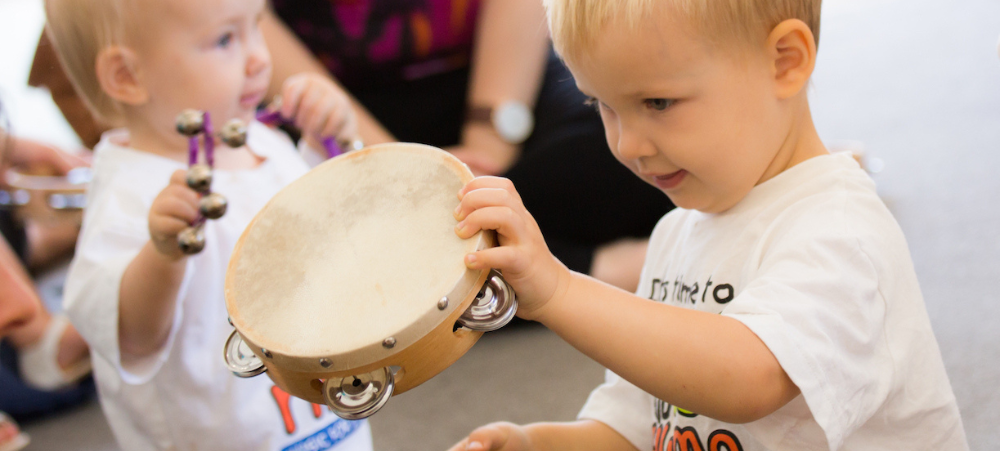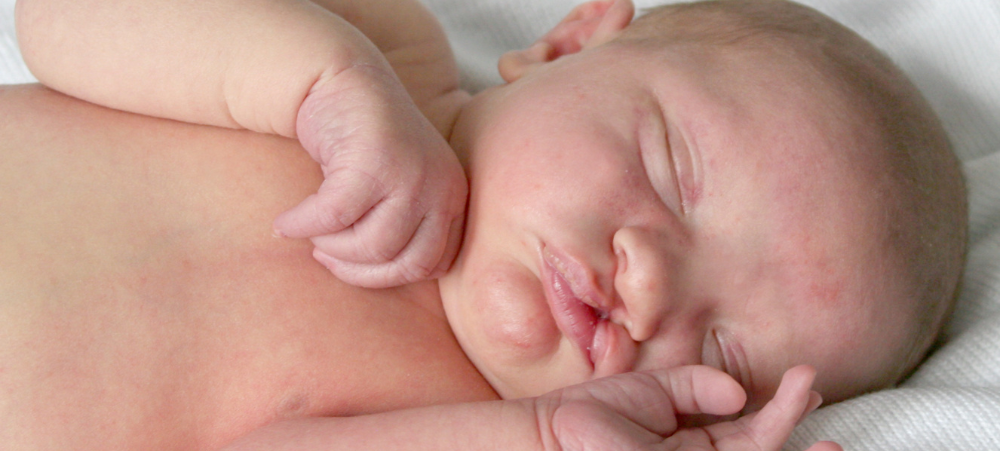
It’s the most wonderful time of the year!
The festive season is upon us. Shops are full of Christmas cheer and wherever you go, Christmas music fills the air. Do you have a favourite Christmas song? There are some obvious recurring hits out there that come around every single year, like a merry-go-round. Yes, I’m talking about Michael Bublé, Boney M, Mariah Carey. You know the drill! That’s because, music has a huge role to play in our celebrations. It gets us moving, it creates a mood, and it builds memories. Music gets us moving Play some music, turn up the volume, and what happens? We get a feeling that we want to move! Whether it’s tapping our fingers on the steering wheel of the car, swaying slightly, or tapping our foot, the instinct is there. That’s even more true for children. They haven’t built up a sense of awareness of others, so they move like no-one’s watching. Dancing, jiggling their bottoms, clapping their hands, bopping their heads up and down, you name it! Music helps us to celebrate special seasons and events because it gets us moving. Music creates a mood Music also stimulates our emotions. It has the ability to make us feel happy, sad, soulful, joyful, excited, scared etc. If you want to test this, watch a scary movie and turn off the soundtrack. Suddenly the movie isn’t quite as scary! Getting up and moving, stimulates the oxygen supply to our brains and also triggers the release of endorphins. This contributes to us feeling positive about the music we’re experiencing. Music builds memories What is it about music and memory that’s so powerful? The details of our lives pass us by every day, with very little embedding into our long term memories. It’s unlikely that we’ll remember what we ate for dinner 2 weeks ago or a passing interaction with a person years ago. But, when we hear a familiar song, the memories come flooding back. Music doesn’t just help us to remember details, it connects with our emotions. We remember how a particular memory made us feel, and that’s really powerful. Music helps us to celebrate special times because it embeds details into our brains, and like a search engine, helps us to retrieve those memories at a much later stage, with the music acting as a trigger. Switch off the screen, turn on the music! With all of this in mind, let’s be intentional in the way that we use music over this festive season. Let’s harness all that music offers knowing that it’ll get us moving, help to create a happy mood and embed some wonderful memories into our brains. Let’s switch off screens and use music and auditory resources to encourage our children to listen and look out at the world around them. Musical resources With that in mind, we have some wonderful, uniquely SOUTH AFRICAN musical stories for your little people to enjoy. These are accessible on your favourite streaming platform (Apple music, Spotify etc.) and are a great alternative to screens. Just go onto the platform for search for “Wriggle and Rhyme”. There are 4 different albums available. Wishing you a safe and happy festive season, and a wonderful 2024! For more info about the W&R musical stories and online resources, have a look at www.wriggleandrhyme.co.za/our-music Find us on Facebook and Instagram @wrigglerhyme #wrigglerhyme































